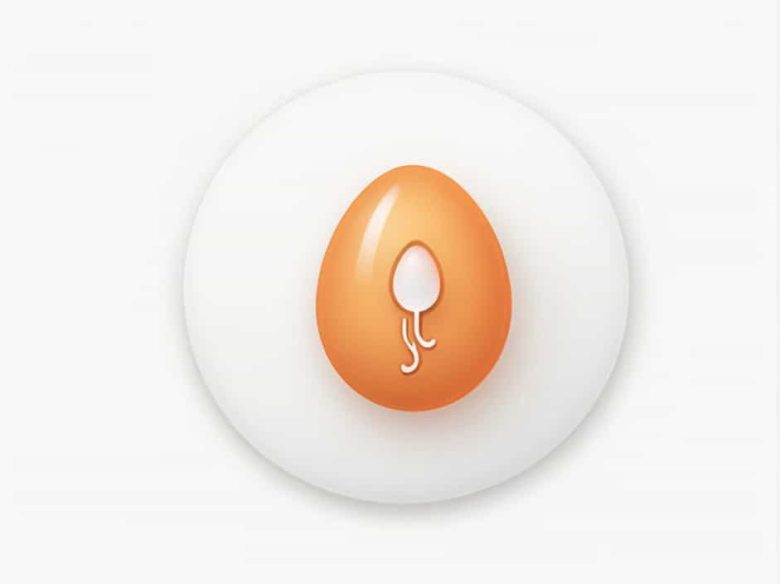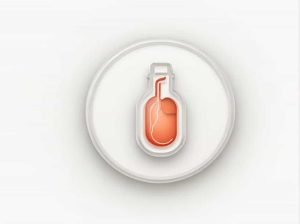Fertilization is a complex biological process in which a sperm cell travels through the female reproductive tract to meet and fuse with an egg resulting in the creation of a zygote. This journey is challenging with millions of sperm competing but only one successfully fertilizing the egg.
In this topic we will explore the path sperm takes to fertilize an egg the obstacles it encounters and the factors influencing successful conception.
1. The Journey Begins: Sperm Production and Ejaculation
A. Sperm Production in the Testes
- Sperm are produced in the testes specifically in the seminiferous tubules.
- This process known as spermatogenesis takes about 64-72 days to complete.
- The sperm then move to the epididymis where they mature and gain the ability to swim.
B. Sperm Transport Through the Male Reproductive System
- During ejaculation sperm travel through the vas deferens.
- They mix with fluids from the seminal vesicles prostate gland and bulbourethral glands forming semen.
- The semen is then expelled through the urethra during ejaculation.
2. Entering the Female Reproductive Tract
Once ejaculated sperm must navigate through the female reproductive tract to reach the egg. This journey is full of challenges.
A. The Vagina: The First Barrier
- The vagina is a hostile environment for sperm due to its acidic pH.
- Seminal fluid helps neutralize acidity increasing sperm survival.
B. The Cervix: A Gatekeeper
- The cervical mucus changes consistency based on the menstrual cycle.
- During ovulation the mucus becomes thinner and more slippery helping sperm move through.
- Sperm can survive in the cervix for up to 5 days while waiting for ovulation.
3. Moving Through the Uterus
After passing through the cervix sperm enter the uterus where the journey intensifies.
A. Uterine Contractions Help Propel Sperm
- The uterus assists sperm movement with rhythmic contractions.
- Only the strongest sperm survive as immune cells may attack weak or abnormal ones.
B. Choosing the Correct Fallopian Tube
- If ovulation has occurred the egg will be in one of the two fallopian tubes.
- Sperm must correctly navigate to the tube containing the egg.
4. The Fallopian Tube: The Final Stretch
The fallopian tube is where fertilization occurs but sperm must overcome more barriers before reaching the egg.
A. The Role of Cilia and Fluid Currents
- Tiny hair-like structures called cilia help move the egg towards the uterus.
- Sperm must swim against these currents to reach the egg.
B. The Capacitation Process
- Before fertilization sperm undergo capacitation a biochemical change that enhances their mobility.
- This process removes proteins from the sperm head making it capable of penetrating the egg.
5. Fertilization: The Moment of Conception
Once sperm reach the egg they must break through its protective layers.
A. The Zona Pellucida: The Egg’s Protective Barrier
- The egg is surrounded by a layer called the zona pellucida.
- Sperm release enzymes to break through this barrier.
B. The Acrosome Reaction
- The acrosome a cap-like structure on the sperm’s head releases enzymes to digest the zona pellucida.
- Only one sperm will successfully penetrate the egg’s membrane.
C. Fusion and Genetic Combination
- Once a sperm enters the egg the egg’s membrane hardens preventing other sperm from entering.
- The sperm nucleus merges with the egg nucleus combining genetic material.
- This results in the formation of a zygote the first stage of human development.
6. Factors Affecting Sperm Success
Several factors influence whether sperm successfully fertilize an egg.
A. Sperm Health
- A healthy sperm count is around 15-200 million sperm per milliliter of semen.
- Good motility (movement) and normal shape increase chances of success.
B. Timing of Intercourse
- The fertile window is about 5 days before ovulation and the day of ovulation.
- Tracking ovulation increases chances of conception.
C. Female Reproductive Health
- Healthy cervical mucus and a clear reproductive tract support sperm survival.
- Conditions like blocked fallopian tubes or endometriosis can hinder sperm movement.
7. What Happens After Fertilization?
Once fertilization occurs the zygote begins its journey towards implantation.
A. Early Cell Division
- The zygote undergoes mitosis dividing into multiple cells.
- By day 4-5 it becomes a blastocyst.
B. Implantation in the Uterus
- The blastocyst travels to the uterus and attaches to the uterine lining.
- This marks the beginning of pregnancy.
The journey of sperm to fertilize an egg is a remarkable process requiring speed endurance and precision. From the male reproductive tract to the fallopian tubes sperm face numerous challenges before reaching and fertilizing the egg.
Understanding this process can help individuals trying to conceive optimize their chances through timing lifestyle choices and reproductive health awareness.



